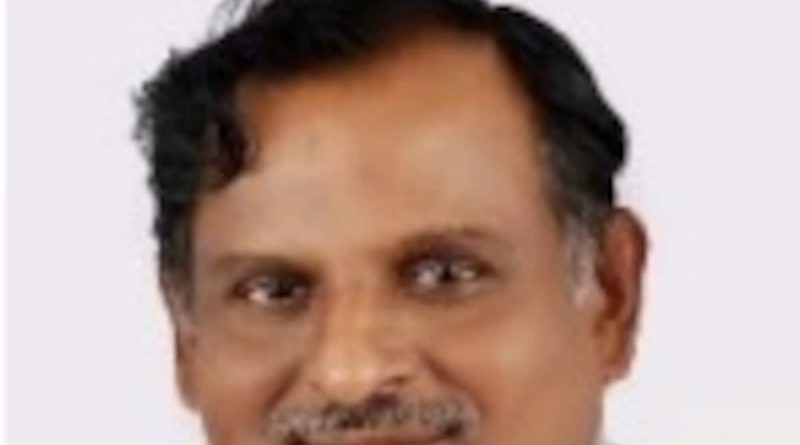V Narayanan to Succeed S Somanath as ISRO Chief
New Delhi:
The Central government has designated V Narayanan as the fresh chairman of the Indian Space Research Organisation and secretary, Department of Space. Mr. Narayanan will assume control from S Somanath, the present leader of the organization, on January 14.
In an announcement on Tuesday, the Appointments Committee of the Cabinet stated that Mr. Narayanan, who serves as the head of the Liquid Propulsion Systems Centre (LPSC), Valiamala, will have a term of two years. Mr. Narayanan played a crucial role in India’s advancement of the cryogenic engine, a technology that was refused to the country.
Mr. Narayanan is a distinguished scientist (APEX Scale) and most senior director in ISRO. The Liquid Propulsion Systems Centre, over which he presides, is involved in the development of liquid, semi cryogenic, and cryogenic propulsion stages for launch vehicles, chemical and electric propulsion systems for satellites, control systems for launch vehicles, and transducers development for space systems health monitoring.
He also serves as the chairman of the Project Management Council-Space Transportation System (PMC-STS), the governing body in all launch vehicle projects and programs, and the head of the National Level Human Rated Certification Board (HRCB) for Gaganyaan, India’s intended human spaceflight mission.
After completing his M Tech in Cryogenic Engineering and PhD in Aerospace Engineering from IIT, Kharagpur, where he was presented with a Silver Medal for attaining the top rank in the M Tech program, the new ISRO leader, who studied in Tamil-medium schools, joined ISRO in 1984 and progressed to become the director of the Liquid Propulsion Systems Centre in 2018.
S Somanath assumed the position of the ISRO leader in January 2022 and it was under his leadership that India became the initial country globally to land a rover in the south pole region of the Moon. It also entered an exclusive group of nations to accomplish a gentle landing on the Moon, following the US, the former Soviet Union, and China.

